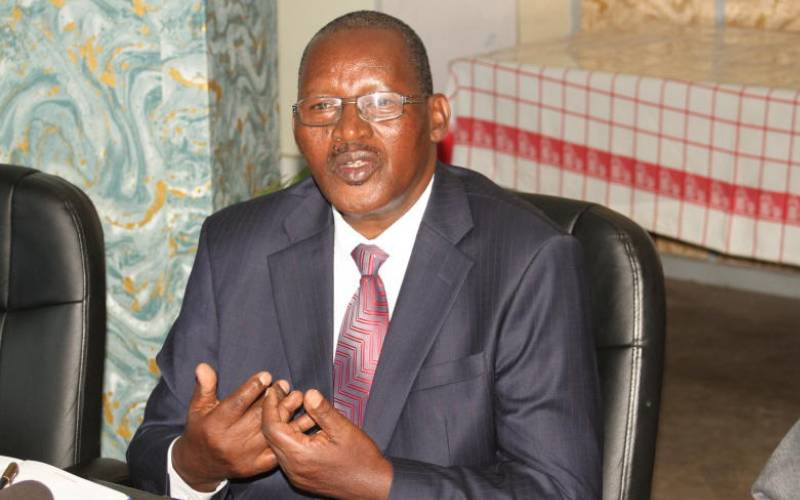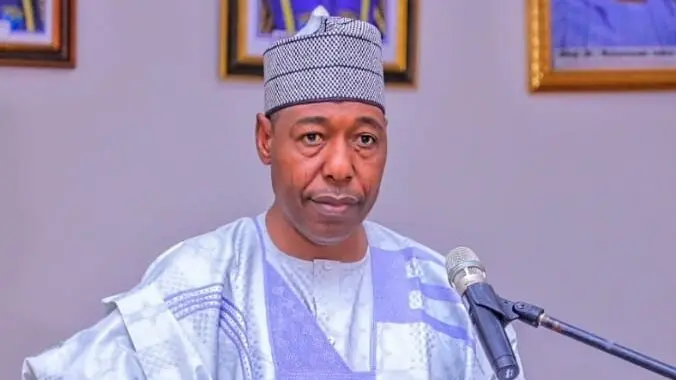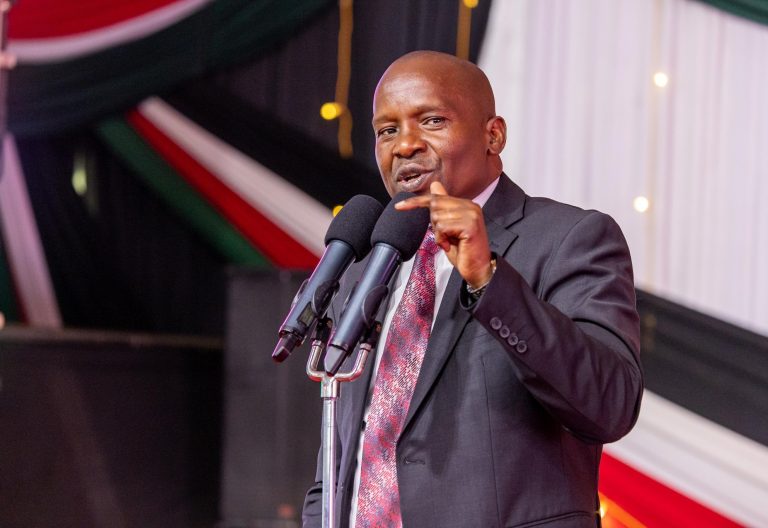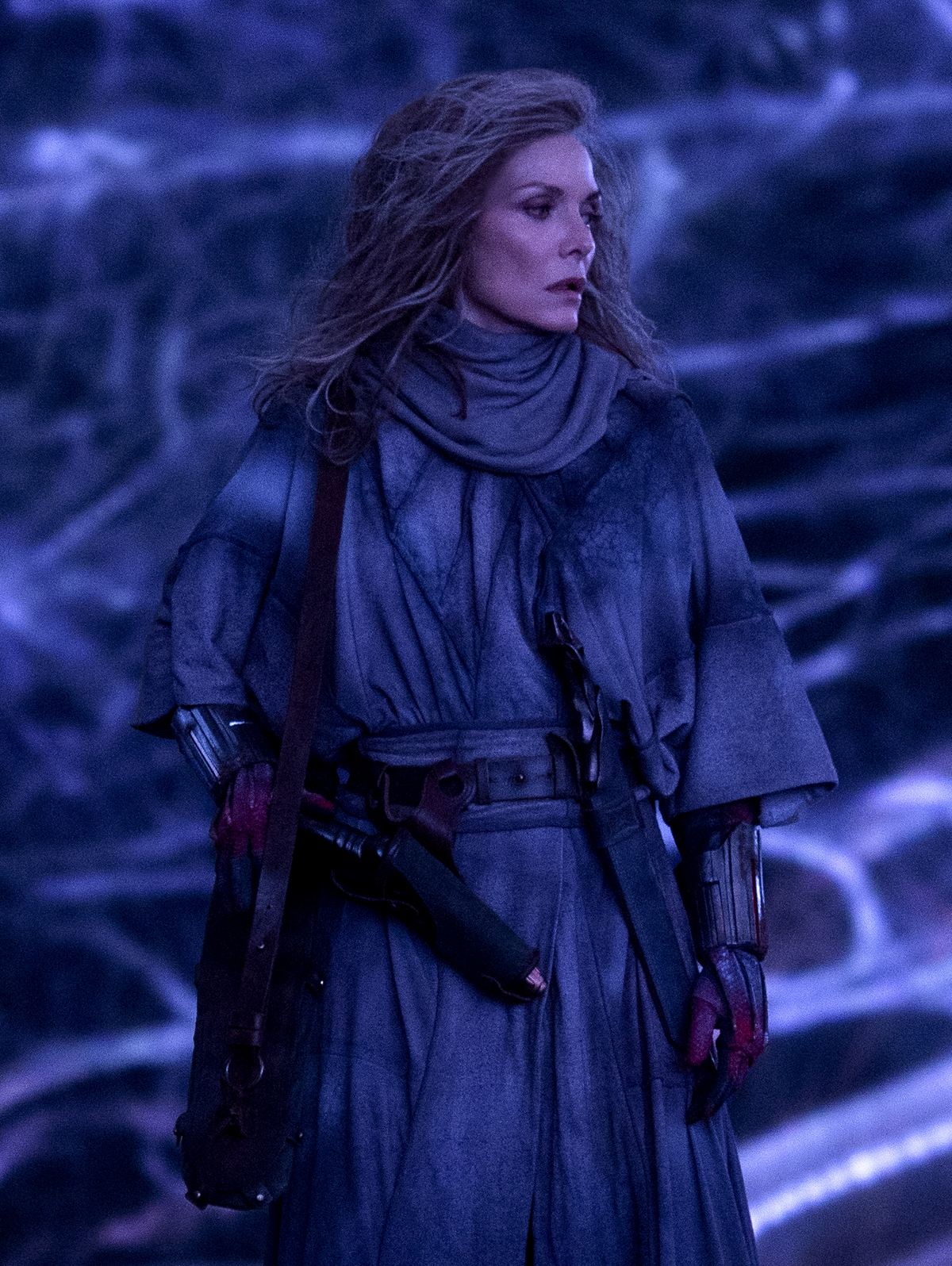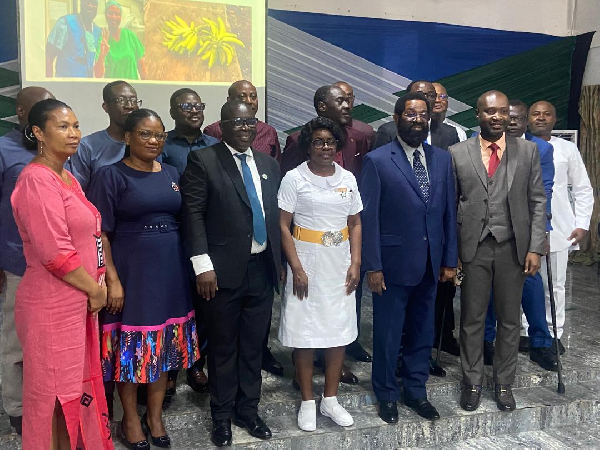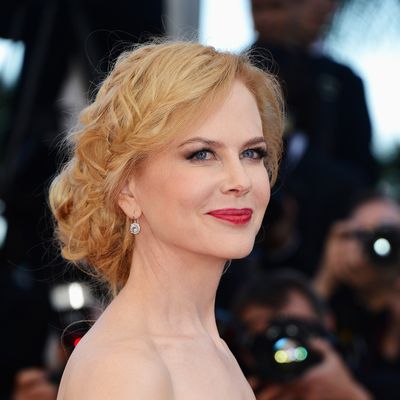
Photo: Pascal Le Segretain/Getty Images
On Sunday afternoon at Cannes, Nicole Kidman sat down for a chat as part of Kering’s Women in Motion series. Kidman, who looked unbelievably cool in a black leather Balenciaga jacket and black jeans, talked cheerfully about her work supporting and starring in the films of female directors. The moderator asked her about her declaration, made eight years ago, to work with a female director every 18 months; in those eight years, she’s actually worked with 27 (in Australia, math is different). Did she, at the time, imagine that this would ever be possible?
“I was gonna make it possible,” said Kidman. “We had a discussion that there was such a disparity in terms of the choices. You’d go, ‘Okay, could a woman direct this?’ And there weren’t enough names, or they’d say, ‘We don’t want to risk it.’ I had to start to just say, ‘Well, this is how I’m doing it. This is what I’m doing. We’ll take the risk. We’re going to mentor and support and help and then really protect them.’ Because part of it is protecting and surrounding the women with almost a forcefield of protection and support so that they can do their best work. And at the same time, giving them the opportunity to not feel like, ‘This is the only chance.’ A lot of it is, ‘Okay, you get one shot!’ Which we know creatively is almost impossible.” Kidman advocated at length for female directors getting the opportunity to fail. “You need to work rigorously with your art. Sometimes it will be received with enormous applause and sometimes it will be received not so well. But that doesn’t mean you failed. It just means you’re in process. And we need to support the long process of bringing in female voices, particularly directors and writers.”
Kidman said that she’s heartened by the fact that parity is increasing — in 2017, four percent of women directed the top US films, whereas now, it’s 13 percent — but that more progress is needed. “I’m seeing it, in my lifetime, change,” she said. “The only way to do it is to actually do the work and show up and go, ‘Yeah, I’m here. I’ll be in your film. I know we have four million dollars to make it. But we’ll make it.’ We did it with Karyn Kusama and Destroyer — we were down in the gutters in LA trying to hustle, we had very limited time, but we did it. And it just continues to flow.”
Kidman also spoke about what sorts of roles she’s looking for at this point in her career. “I’m looking to experiment,” she said. “I don’t want to be contained. I don’t want to be safe,” she said. But she was careful to clarify that she wasn’t only interested in working with new filmmakers. “There are emerging talents who are forming and then there are the ones who are still going.”
The moderator asked Kidman about her much-discussed propensity for wearing all manner of wigs onscreen, reading her a social media comment that said, “Mother Nicole in her wig came to slay again.” Kidman laughed and looked mildly startled (it should be noted that her hair was very long and straight today). “And clothes. And psyches. It’s not all hair,” she said. She described herself as a character actor who used all sorts of internal and external shifts to disappear into a role. “If you’re employed to be a movie star, they say, ‘We just want you.’ I’ve never been employed for that. I’ve always been chosen to create a character. And that’s what I love doing. As an Australian actor, at drama school, you learn every accent possible. You know it’s going to be very rare that you use your accent. You learn how to walk and breathe differently.”
She all-too-briefly addressed Practical Magic 2 — “Fun and witchy, and that’s very different to, say, Babygirl. It’s a complete flip, honestly” — as well as the surprising fact that, despite working so often that she has defeated quantum space-time, she often gets up at 3 AM to write. “I write stuff down a lot. I have ideas that I either share with a director and go, ‘You should go create something in this vein.’ And that just comes through decades and decades of life. And observing and working with some of the greatest minds. I’m very interested in philosophy and poetry, and that of course is very helpful for creating a story. But I don’t quite have the time [to write my own screenplay]. But I do it secretly. A 3 am writing session for me — I wake up and I write something, be it a dream or something circulating in my head and my life and my heart at that time. It’s a very ripe time for things to happen because you’re in that slightly removed state from reality. Your dreams and your psyche are very present and very there.”
Alarmingly, the moderator didn’t ask Nicole Kidman what Nicole Kidman’s dreams are like and what accent she dreams in, but did ask her if she’d ever direct or write a screenplay herself. “No,” said Kidman. “But I always say no and then I turn around and change my mind.”
Four minutes later, I accidentally found myself in an elevator with Kidman, who was so tall and beautiful as to seem beamed in from another galaxy, one where you can quite calmly work with 27 female directors in eight years. I employed every emotional tool at my disposal to refrain from asking her what her dreams were about, and instead complimented her outfit. She smiled and flexed her biceps jokingly. Various men in suits tried to block another woman from entering the elevator with us, but Kidman ushered her in. “Come in, come in!” she said.




